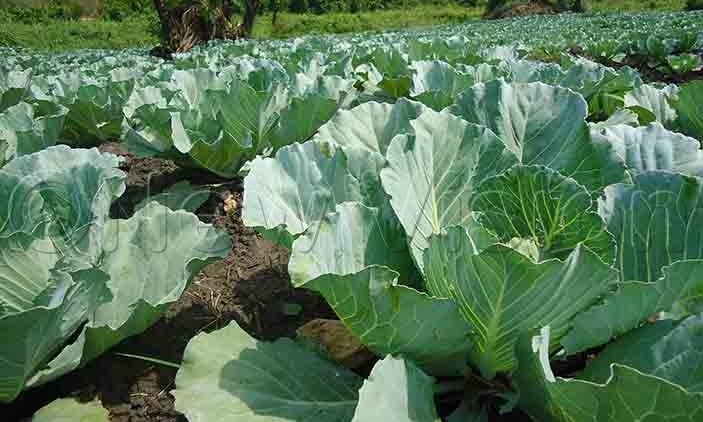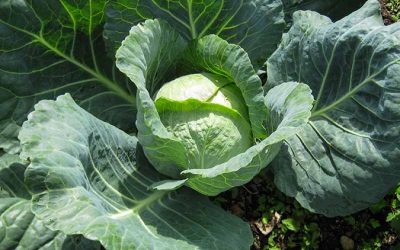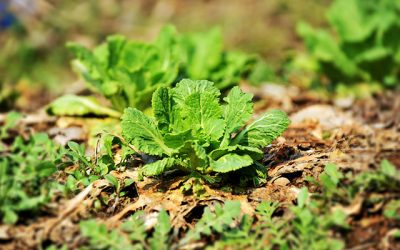Tips on Sowing Cabbages

Cabbage seeds can be sowed in large numbers due to how hardy these plants are. Their ability to withstand rough handling ensures that cultivators can grow them extensively. The seeds usually take anywhere between 5 to 10 days, with an additional 6-8 weeks required for them to grow into plants that are ready for field setting.
An important sowing tip to keep in mind is with regards to choosing which type of cabbage seed to sow. While cabbages can be commercially farmed in large numbers in big farms, they need adequate space between each planted bed. If you are planning on cultivating cabbages in your garden and have limited space, then you should opt for seeds of the small cabbage varieties. Some important sowing tips to keep in mind in order to get the best yield are:
Seeds need to be sowed anywhere between half to one-fourth of an inch into the soil
The starting soil mix for the seeds must be kept moist and the seeds should be left to germinate in an optimal temperature of 77F for 5-10 days
The seedlings must be transplanted into the prepared beds in the garden or farm after they have grown to a size of 4-6 inches with 2-4 leaves visible.
The optimal temperature outside for cabbage transplantation is around 50F The transplanted plants must have a space of 1-2 feet between them and the rows must have a space of 12-42 inches between them. This also helps in controlling pests that might harm the crops.
Inter plant cabbages with other crops such as beets, spinach, green onions, herbs, etc. To maintain soil quality and produce higher yield.
It is best to start sowing cabbage transplants early to better offset any risks of bad weather or cutworms. Young cabbage plants are very hardy and comparatively more capable of withstanding these adverse conditions.


